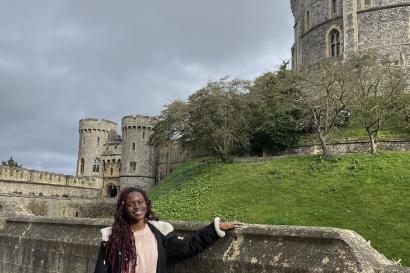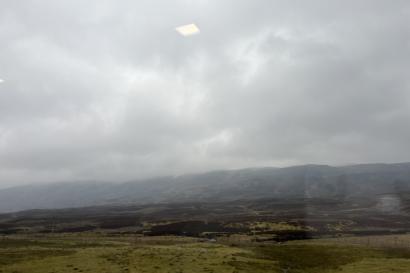
IES Abroad Rabat visited Erg Chebbi, one of two sand seas from the Sahara in Morocco. The neighboring town, Merzouga, is a tourist hub. During the summer, many tourists come to be buried under the sand, as it is believed to be a cure for arthritis. The sand dunes can only be accessed by 4x4, by camel, or by foot. Fun fact: Camels can run at up to 40 miles per hour. (Fortunately our camels only walked. But they are known to be petty animals.) There are two species of camels: Dromedary and Bactrian. Dromedary camels are the camels found in the Middle East and North Africa. Dromedary camels have only one hump, while Bactrian camels have two. Contrary to popular belief, camels’ humps do not store water. Instead, camels’ humps store fat, which can be used as nourishment when food is unavailable. Storing fat in their humps eliminates the insulation usually provided by fat, allowing camels to survive in hotter climates. But camels do drink a lot of water. They can drink as much as 30 gallons in 13 minutes. Fortunately, our camels were well taken care of, and we arrived at the dunes for the sunset on time.


Emma Jerzyk
<p>Hi there, I’m Emma, and I’m from Hinsdale, IL. I’m a senior at Brown University studying computer science and Middle Eastern studies. No, you are not the first person to tell me I should work for the CIA. I like stories, and I like data. I like combining them even more. Follow my blog for an in-depth look at Moroccan culture!</p>







